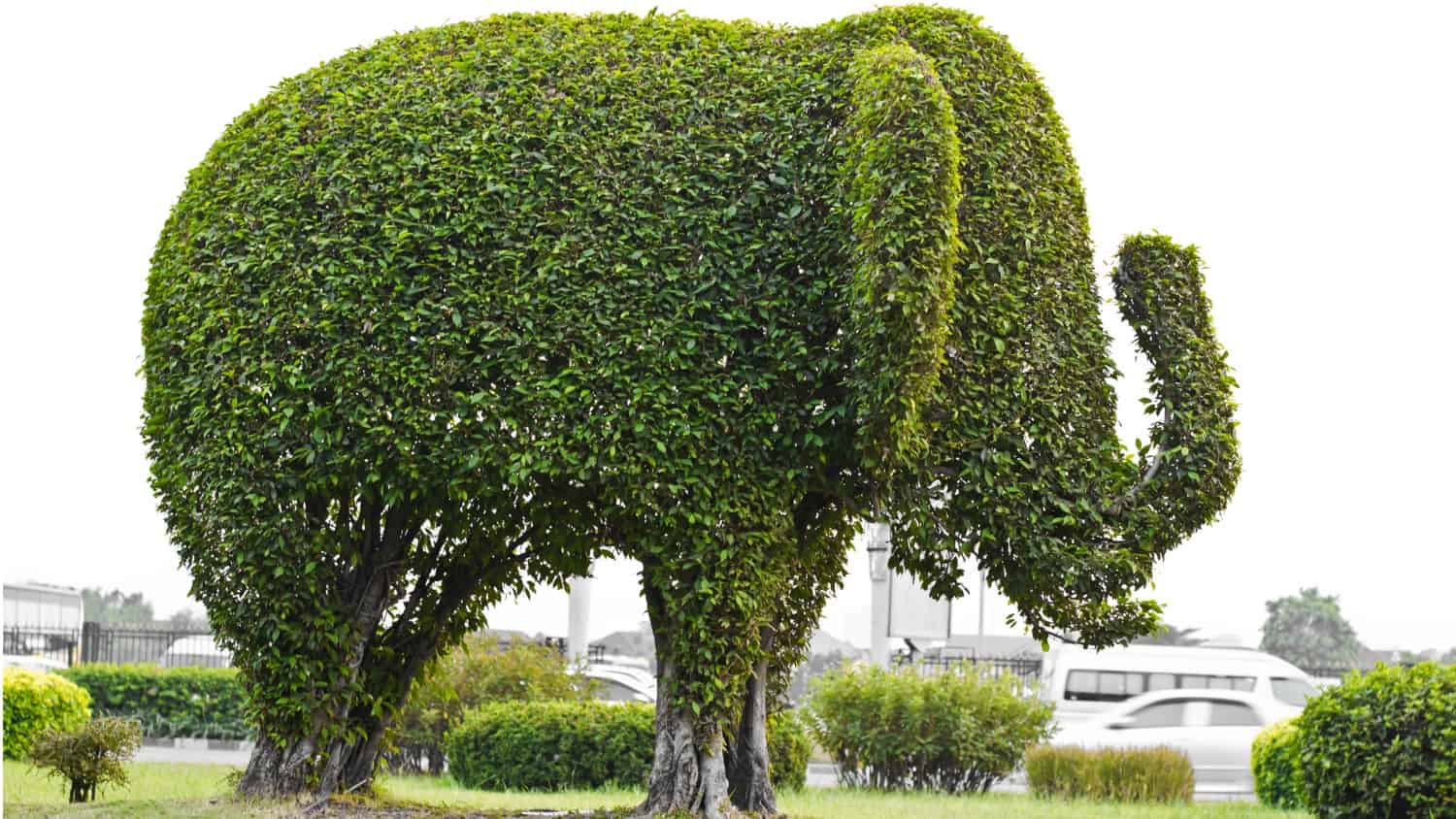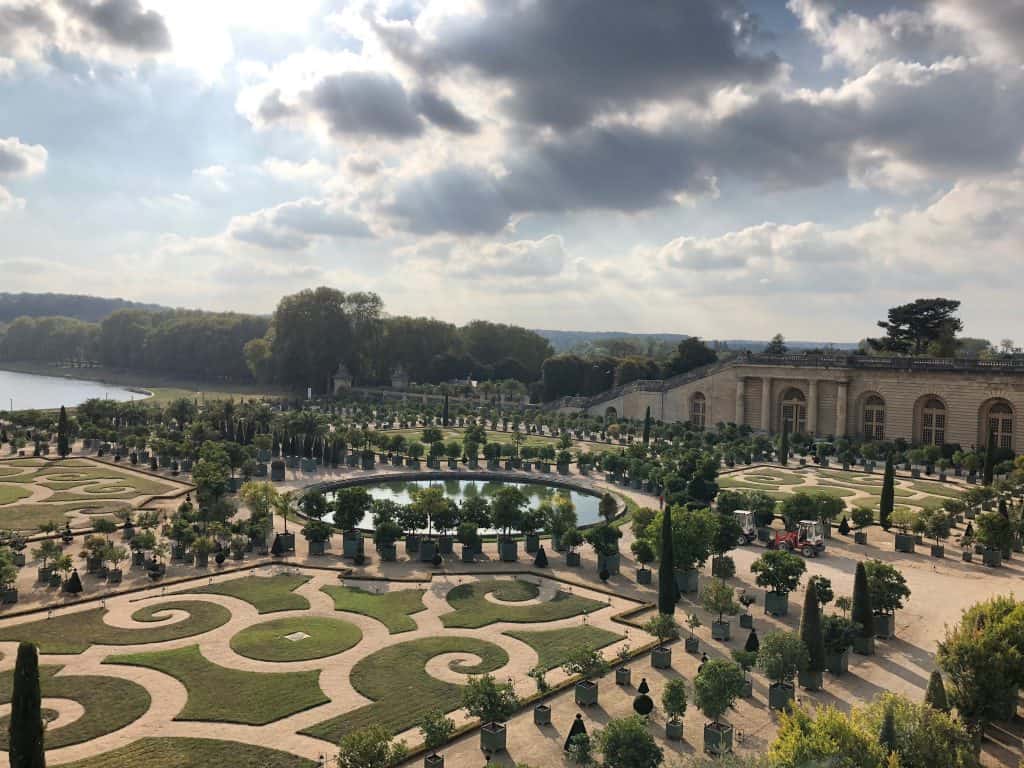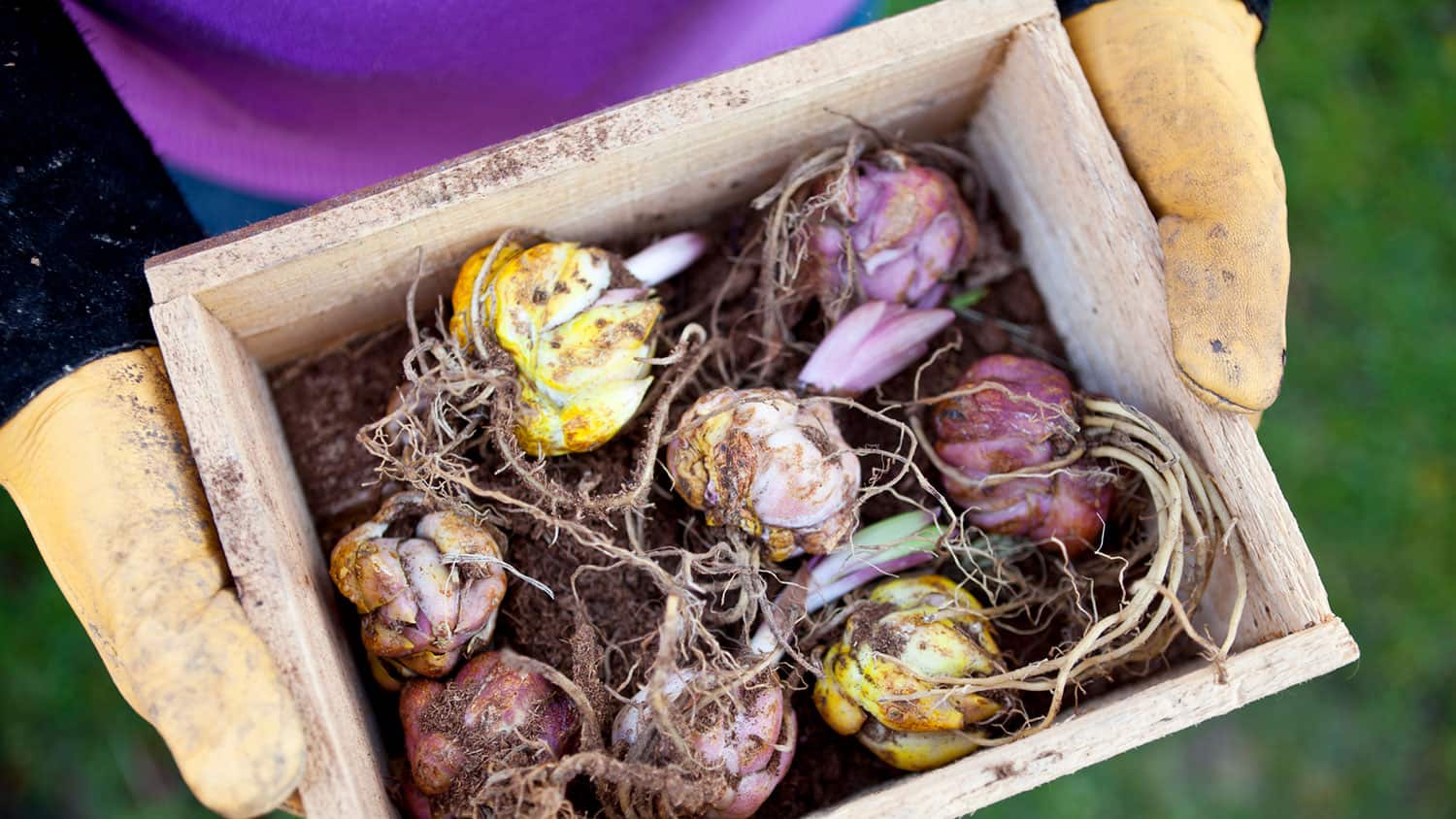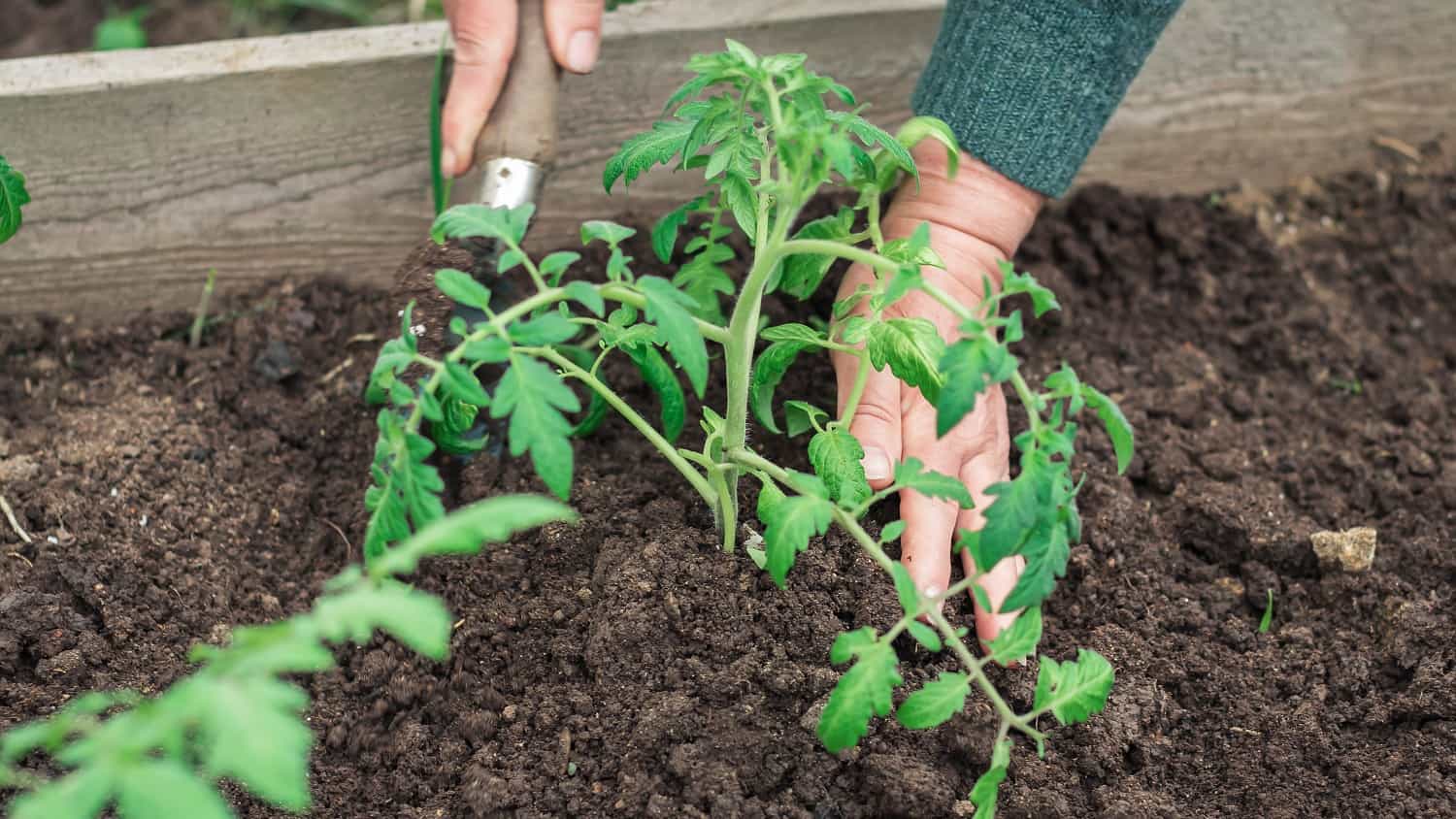
French Gardening: Your Topiary Masterpiece Awaits
Perhaps you’ve been lucky enough to travel to Versailles and experience its magnificent gardens. If not, I suggest you take a virtual tour of the Topiary Gardens of Versailles and treat yourself. So, what exactly is a Topiary garden and how can you have one?
Hopefully, I can help you understand its history and set you off on your own journey to add one of these magical mazes to your very own backyard.

What Is a Topiary?
Merriam-Webster defines a topiary as, “the practice or art of training, cutting, and trimming trees and shrubs into odd or ornamental shapes.”
A person who performs the horticultural practice of training perennial plants by clipping the foliage and twigs of trees, shrubs and planters to create a definite shape is called a topiarist.
Traditional topiary forms use foliage pruned and/or sculpted into geometric shapes, such as balls, cubes, obelisks, cones and tapering spirals. You might even see amusing shapes of animals or people.

Where Did the Art of Topiary First Appear?
It is believed that the practice of Topiary originated in Europe during the Roman Empire around 44 BC and spread from there around the globe. The Romans demanded order and structure in their society, and in their gardening as well.
The first tree to be sculpted was the olive tree. Shaping the olive trees provided a neat and well-maintained environment which the Romans insisted upon.
From Italy to France
It’s no surprise that the Sun King, Louis XIV (1643-1715) brought the first topiary to France in the mid-1600s. He was first exposed to “hedged art” while on a visit to the Vatican when he fell in love with clipping of the gardens. When Louis XIV returned to France and Versailles, he brought the idea there.
Upon completion of Versailles, Louis immediately began turning the gardens into both formal and fun spaces through Topiary horticulture. Even today, you can see Louis XIV’s obsession with the topiary style of gardening. Many of the plant-based sculptures in current private gardens in France are inspired by visits to Versailles.

What Are the Best Plants Used to form a Topiary?
I think most topiarist would agree that the Boxwood (Suffruiticosa and Morris Dwarf) is the most popular as a result of its small leaves and dense foliage, as are many other woody, dense foliage plants, such as Yews (Taxus x media “Hicks”) Bay Laurels (Laurus nobilis) Holly and Privet Hedge (Ligustrum valgare.)
And let’s not forget the beautiful herbal plants, including lavender and rosemary, that can be grown into splendid topiaries.
Home Grown
How does the home gardener start to make his or her quintessential French topiary garden, whether small or large? The following suggestions should help make the process easier and hopefully, more enjoyable:
Choose Evergreen Plants
Start by planting some type of evergreen (in the ground) or herb (in a pot). If you choose a hedge, remember the hedge will furnish a backdrop for geometric shapes and privacy.
Pots
Use pots to help define space; large pots are the embodiment of French garden style and may help to form an alleyway that leads the visitor to the topiary garden.
Same Plants
Use the same type of plants throughout the garden. Classic planting using the same, mirrored version of other plantings is suggested.
Think About Color
Use color with your evergreens – but use it sparingly. Red seems to be the most striking and will draw the most attention. The contrast with the red color and the deep green color of the evergreens will add a bit of whimsy to the garden. Consider adding a red birdhouse or perhaps red pots to bring fun to the garden.
Free-Flowing Plants
To soften the lineal lines and strong shapes of the topiary garden, you can plant free-flowing ornamental plants like lavender. Lavender placed at the bottom of the evergreen will not only provide movement, but a delightful scent as well.
I leave you with one final tip. Remember, growing a traditional topiary requires patience and a steady hand. Yes, it is true, modern day topiaries can be grown over wire cages, but what about you? Do you prefer the classic method of grooming your topiary one leaf at a time as the Romans did? I do. And why gamble with a sure thing?
While your topiary garden may not look exactly like those of Versailles, it will certainly add color and excitement to your home. Happy planting!
What does your garden look like? Have you tried to create order with love and care? Have you visited Versailles and strolled the amazing topiary gardens? If you don’t have a garden, do you use pots to create a natural feel to your space?
Tags Gardening






